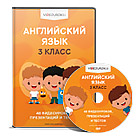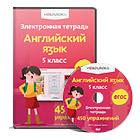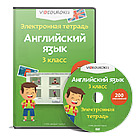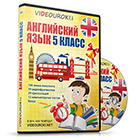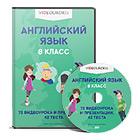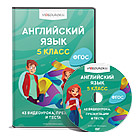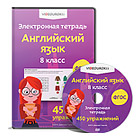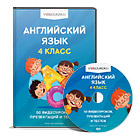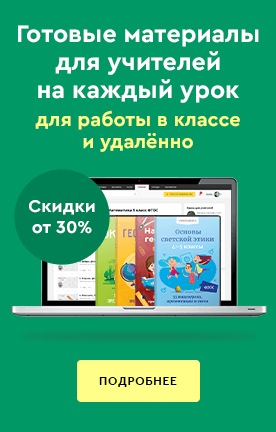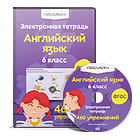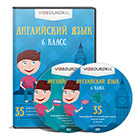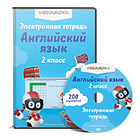| Learning objectives(s) that this lesson is contributing to | 7.R2 understand specific information and detail in texts on a range of familiar general and curricular topics 7.S5 keep interaction with peers to negotiate, agree and organise priorities and plans for completing classroom tasks |
| Lesson objectives | All learners will be able to: Interact with their peers when working on their list of things that can be posted on the profile Identify what needs to be included into the list when reading the text Create their own social media profiles including the information from their list Tell about their social media profiles to their peers
Most learners will be able to: Interact with their peers when choosing what can be posted on the profile Identify what needs to be included into the list when reading the text Create their own social media profiles including the information from their list and getting support from the teachers Tell about their social media profiles to their peers with their peers’ support
Some students will be able to: Interact with their peers when creating a list of things that can be posted on the profile Identify what needs to be included into the list when reading the text Create their own social media profiles including the information from their list on their own Tell about their social media profiles to their peers independently and with confidence |
| Assessment criteria | 7.R2. Learners can compare their lists with what is written in the text. 7.S5. Learners can make a list of things that can be posted on the profile interacting with their peers and speak about their profiles to their classmates independently. |
| Level of thinking skills | Understanding, Applying, Analyzing |
| Language objectives
| Learners learn to use some discourse markers for reflecting on their learning, such as «Today, I learned about...», «Now I can...», «I liked...», «I was very good at...», «I wasn;t very good at...», «Next time I will...». Also, learners learn some vocabulary from the text they read: unlock, make oneself welcome, private information, attractive. |
| Value links | Learners develop the sense of cooperation working in pairs and groups, and learn to respect their peers by listening to each other. |
| Cross curricular links | ICT |
| ICT skills | No ICT skills are developed at this lesson. |
| Previous learning | Learners have a good range of knowledge on the given topic. |
| Plan |
|
| Planned lesson stages | Planned activities |
| The first stage of the lesson 3 min | Warm-up: Singing the song “Rise and Shine” After greeting the learners, the teacher asks them to stand up and sing the song together. As they sing, learners need to do the movements they see on the screen.
| Resources |
| The middle of the lesson 5 min
5 min
10 min
5 min
7 min | Learners are shown the logos of social media sites: Facebook , Instagram, Snapchat and Twitter. The teacher asks what they know about these social media sites. The teacher asks follow-up questions afterwards: Which of these social media sites do you use? How often do you use them? What for do you use them? Which one is your favourite?
Learners, in small groups, work on the list of things they can include into their social media profile. More able learners create their own list, while less able learners choose from the list provided to them by the teacher.
Reading: Social Media Profile The teacher offers the learners to check their list when reading the text.
Creating a social media profile Learners are handed out the worksheets with the social network profile template. First, they fill in the information given and glue their photoes (if available).
Mix-Freeze-Pair After learners have completed their profiles, they are requested to stand up. The teacher plays the music. When there is music, learners need to walk around the classroom. When the music stops, learners stop and make a pair with another students standing nearby. In pairs, learners tell about their profiles to each other. By the end of the activity, the profiles are hung on the board.
| https://www.youtube.com/watch?v=jyAD2OoFuoY
|
| The end of the lesson 5 min | Reflection: A paper microphone Learners stand in a circle. They reflect on their learning by giving the paper microphone to the learner standing next (in a clockwise direction). | TP PPT
Handout, A3 paper, markers
Handout with the text
https://en.islcollective.com/english-esl-worksheets/vocabulary/socializing-and-small-talk/my-facebook-profile-worksheet/93337
|
| Differentiation – how do you plan to give more support? How do you plan to challenge the more able learners? | Assessment – how are you planning to check learners’ learning? | A paper microphone |
| Less able learners get support from their peers and the teacher at different stages of the lesson. When working on their lists on what to include into social media profile, more able learners create their own list. Meanwhile less able learners choose from the list that was provided to them by the teacher. When reading the text, the definitions to new words are given as support for less able learners. Discourse markers are provided as language support to encourage all learners to reflect on their learning (Reflection stage).
| Self assessment of the lists takes place when learners compare their list with what is written in the text. Learners assess each other’s social media profiles with the help of smileys. | Health and safety check
ICT links |
| Reflection
Were the lesson objectives/learning objectives realistic? Did all learners achieve the LO? If not, why? Did my planned differentiation work well? Did I stick to timings? What changes did I make from my plan and why?
| Use the space below to reflect on your lesson. Answer the most relevant questions from the box on the left about your lesson. | The blinds in the classroom are open wide so that enough sunlight penetrates into the room. The desks and chairs are arranged in the way comfortable and safe for learners’ moving. |
| Reflection
Were the lesson objectives/learning objectives realistic? Did all learners achieve the LO? If not, why? Did my planned differentiation work well? Did I stick to timings? What changes did I make from my plan and why? Summary evaluation What two things went really well (consider both teaching and learning)?
1:
2:
What two things would have improved the lesson (consider both teaching and learning)?
1:
2:
What have I learned from this lesson about the class or individuals that will inform my next lesson?
|
|
|
|
|
|

